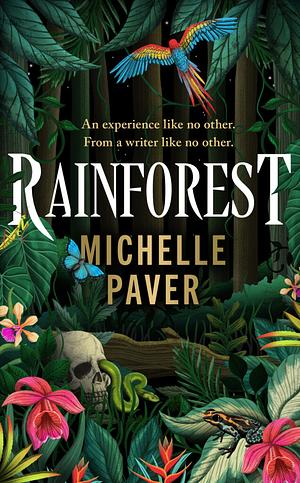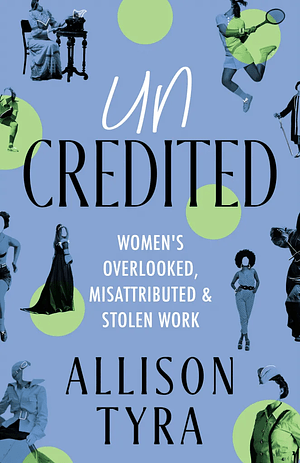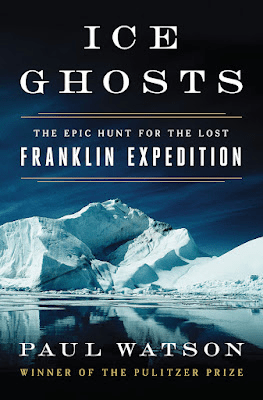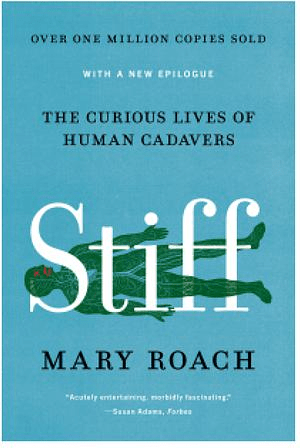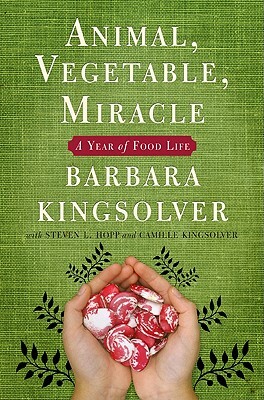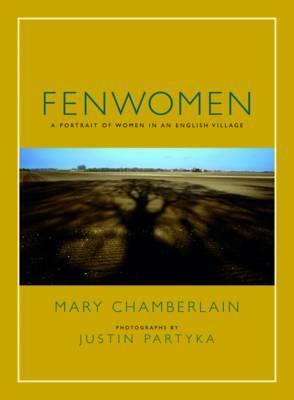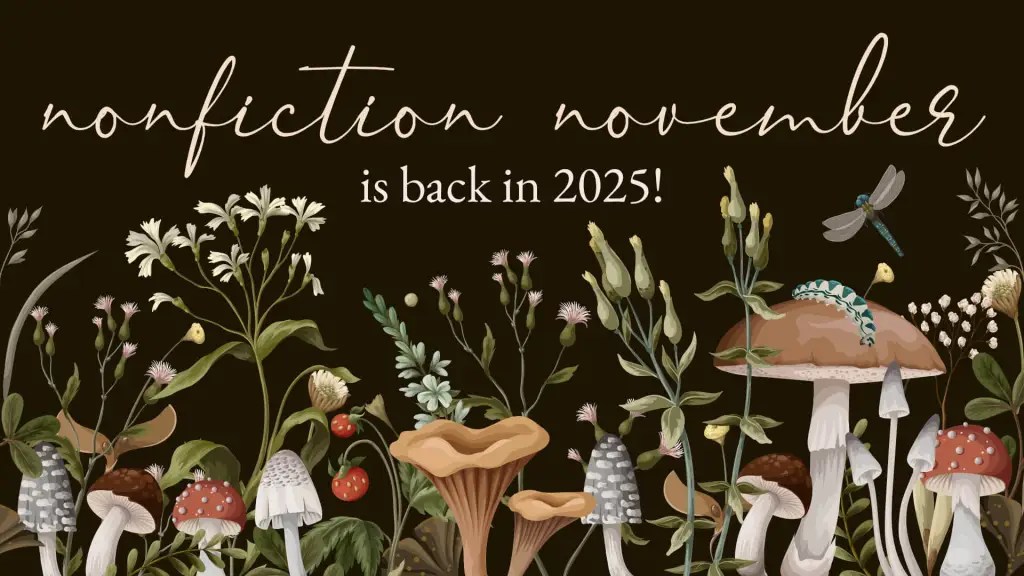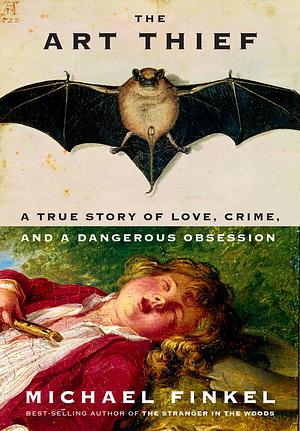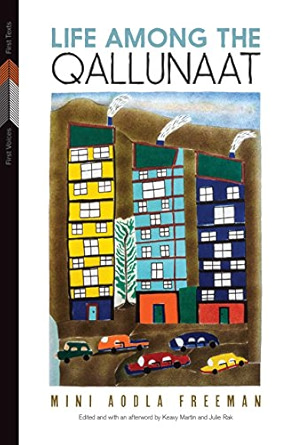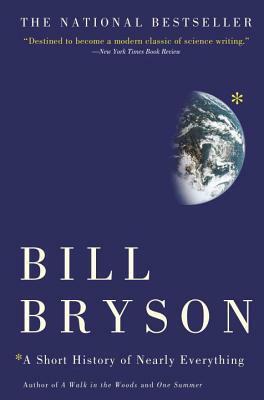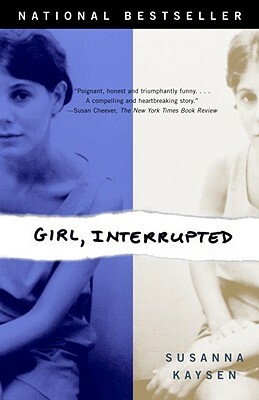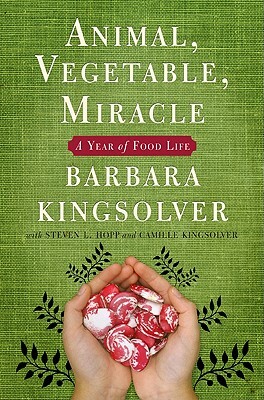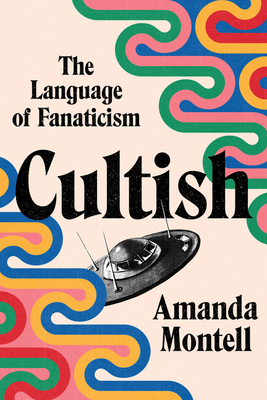Welcome to the last week of Nonfiction November 2025. This week the host is Deb at Readerbuzz, and the prompt is New to My TBR: It’s been a month full of amazing nonfiction books! Which ones have made it onto your TBR? Be sure to link back to the original blogger who posted about that book!
In her roundup for the year, Shoe’s Seeds & Stories reminded me of Amy Tan’s Backyard Bird Chronicles. I must have read about that book on her blog last year, but I also listened to an NPR interview with her about the book. I still have that book in my pile, but Shoe also mentioned her memoir, The Opposite of Fate. I think I would like to read that.
In her roundup, Kate of Books Are My Favourite and Best mentioned Hannah Kent’s memoir, Always Home, Always Homesick, about falling in love with Iceland. I’m kind of fascinated by Iceland, and I loved Kent’s book set there, so I’m putting that one on my list.
On Books Please, I read about Islands of Abandonment by Cal Flynn, about what happens to places when they are abandoned by people. Sounds fascinating!
I noticed that Say Nothing: A True Story of Memory and Murder in Northern Ireland by Patrick Radden O’Keefe is mentioned by Anne in My Head Is Full of Books. This is another book in my pile that I think I read about last year but have not gotten to yet. So, not new to my TBR but waiting.
A memoir that looked interesting on Fanda Classic Lit was Notes from an Island by Tove Jansson & Tuulikki Pietilä, and it has a map on the cover! I love maps!
This book isn’t nonfiction, but Michelle Paver’s name has been popping up all over the place lately, so when Olivia of Bemused and Bookish paired it with a nonfiction book of exploration, I put Rainforest on my reading list. I didn’t put the nonfiction book on my list because I already read a similar book called The Lost City of Z by David Grann. Also, it has a great cover.
Also from Olivia’s post for book pairings is Uncredited: Women’s Overlooked, Misattributed & Stolen Work by Allison Tyra. As a woman whose work has been overlooked and misattributed, I think this will be interesting.
I think the Franklin Expedition is fascinating, and I have already read several books that are either about it or reference it, so when Aj Sterkel of Read All the Things posted Ice Ghosts by Paul Watson, I had to add it to my list.
Aj Sterkel also brought up Stiff by Mary Roach, which made me remember how much I enjoyed her book about space exploration, Packing for Mars. Learning what people have done with corpses throughout time sounds interesting. So, I put that on my list. And, by the way, Read All the Things also reminded me that I have not yet read Sapiens by Yuval Noah Harari, which I put on my list last year.
Joy of Joy’s Book Blog mentions The Warmth of Other Suns by Isabel Wilkerson, a book I read in 2015. This reminds me that I have not yet read Caste, by the same author, a book that I have had on my list since it came out. And she also reminded me of another book that I’ve had on my list for a while, Fever in the Heartland by Timothy Egan.
So, I’m cheating a little bit by mentioning some books that are on my TBR, but I have added quite a few this week.






